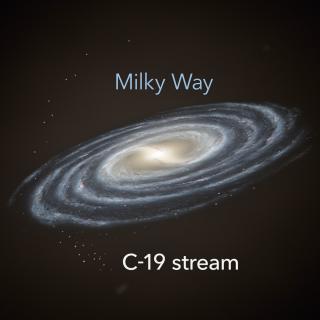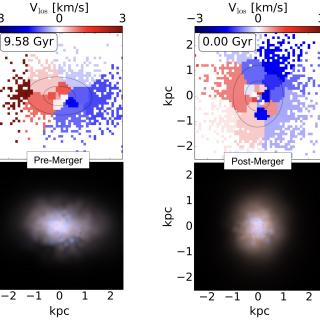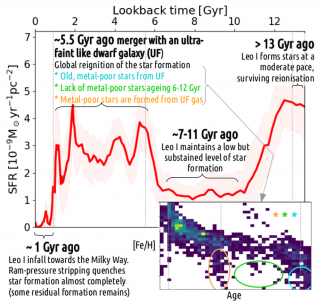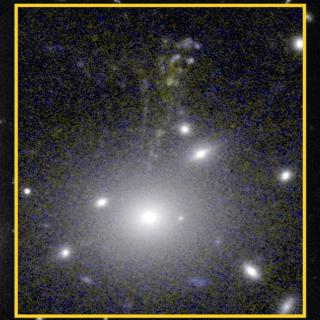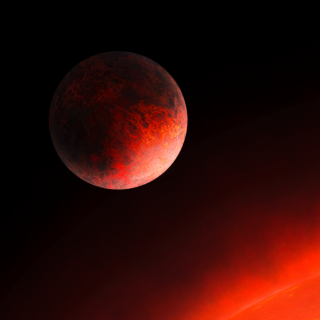![MUSE view of PN M 1-42 Left panel: spatial distribution of the auroral [N II] λ5755 emission line in the PN M 1-42 prior to applying the recombination contribution. Middle panel: spatial distribution of the N II λ5679 recombination line. Right panel: same as left panel after applying the recombination contribution correction.](/sites/default/files/styles/crop_square_2_2_to_320px/public/images/media/image/figura.jpg?h=87b882e3&itok=_BiZgjuV)
We present a detailed study of the gas chemical abundances in planetary nebulae (PNe), the final fate of solar-like stars, through high spatial resolution Integral Field Unit spectroscopy (IFU) obtained with the Multi Unit Spectroscopic Explorer (MUSE) attached to the 8.2-m Very Large Telescope (VLT) in Chile. We focused on three PNe with high abundance discrepancy factors (ADF > 20), which is a well-known and major unresolved problem in nebular astrophysics: chemical abundances obtained from faint optical recombination lines (ORL) yield systematically larger values than those obtained from
Advertised on
